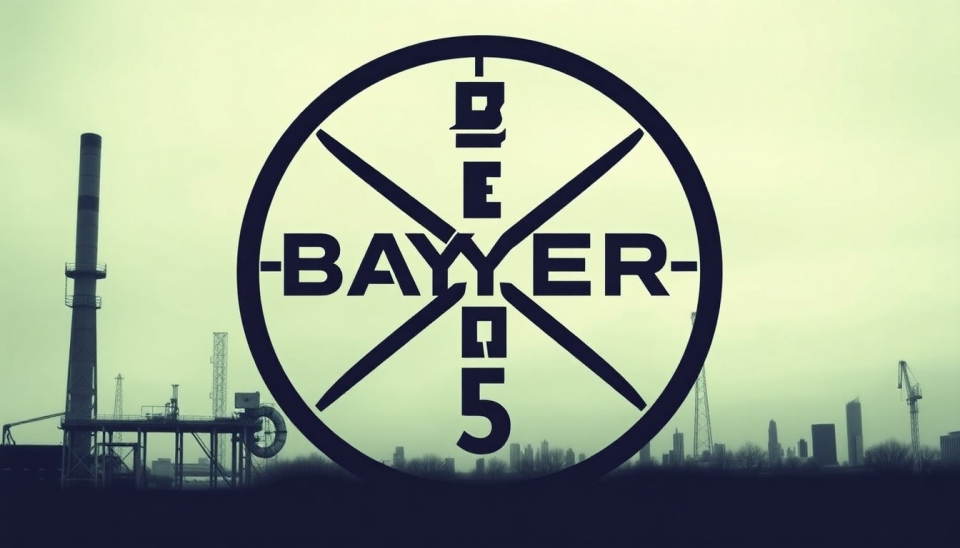
Bayer AG, the German multinational corporation known for its pharmaceuticals and agricultural products, is grappling with a substantial financial burden due to long-standing environmental issues related to its chemical business. The company is facing potential liabilities that could exceed $14 billion as it confronts lawsuits and penalties stemming from pollution caused by toxic chemicals it produced over several decades.
The origin of Bayer's current predicament lies in its historical manufacturing practices, particularly in the production of a range of herbicides and pesticides that have since been recognized as harmful to both human health and the environment. Among the most contentious of these products are polychlorinated biphenyls (PCBs), which were banned in the late 1970s due to their demonstrated dangers, including carcinogenic properties and adverse environmental impact.
Legal challenges have emerged from various fronts, as cities and states across the United States seek accountability for the contamination left in the wake of Bayer's chemical operations. The company has been named in multiple lawsuits, claiming that their manufacturing processes have tainted water supplies and polluted soil, leading to health issues for local populations. Bayer's liability could encompass cleanup costs, medical expenses for affected individuals, and compensation for damages to the affected communities.
In response to these growing liabilities, Bayer has been actively negotiating settlements and initiating cleanup efforts in several sites impacted by its past chemical practices. Despite these actions, the financial strain remains significant, particularly as more claims surface and environmental regulations become increasingly strict.
Additionally, Bayer's strategy to absorb or settle these liabilities has implications for its overall business operations. With billions at stake, the company is compelled to balance its budget and allocate resources responsibly, ensuring that funds earmarked for other initiatives might instead be diverted toward addressing these persistent legacy issues.
As Bayer moves forward, the company faces a dual challenge: managing the financial repercussions of its historical practices while also striving to rehabilitate its public image. Environmental advocates and regulators are keeping a close watch, demanding transparency and accountability as the company maneuvers through its complex legal landscape. The coming years will prove crucial for Bayer, as it seeks to mitigate the fallout from its toxic legacy and redefine its future in a society that prioritizes sustainability and health.
With these significant challenges on the horizon, stakeholders in the agricultural and pharmaceutical sectors will undoubtedly scrutinize Bayer's actions closely. The outcome of ongoing lawsuits and the company's response to its historical environmental missteps will not only determine its financial viability but also influence its long-term strategies and commitment to corporate responsibility.
As Bayer strives to emerge from this toxic legacy, all eyes will be on how the multinational giant navigates this turbulent phase and the steps it will take to forge a cleaner, safer, and more responsible path forward.
#Bayer #ToxicChemicals #EnvironmentalLiabilities #PCBs #CorporateResponsibility #EnvironmentalJustice #Sustainability #HealthImpact
Author: Emily Collins




